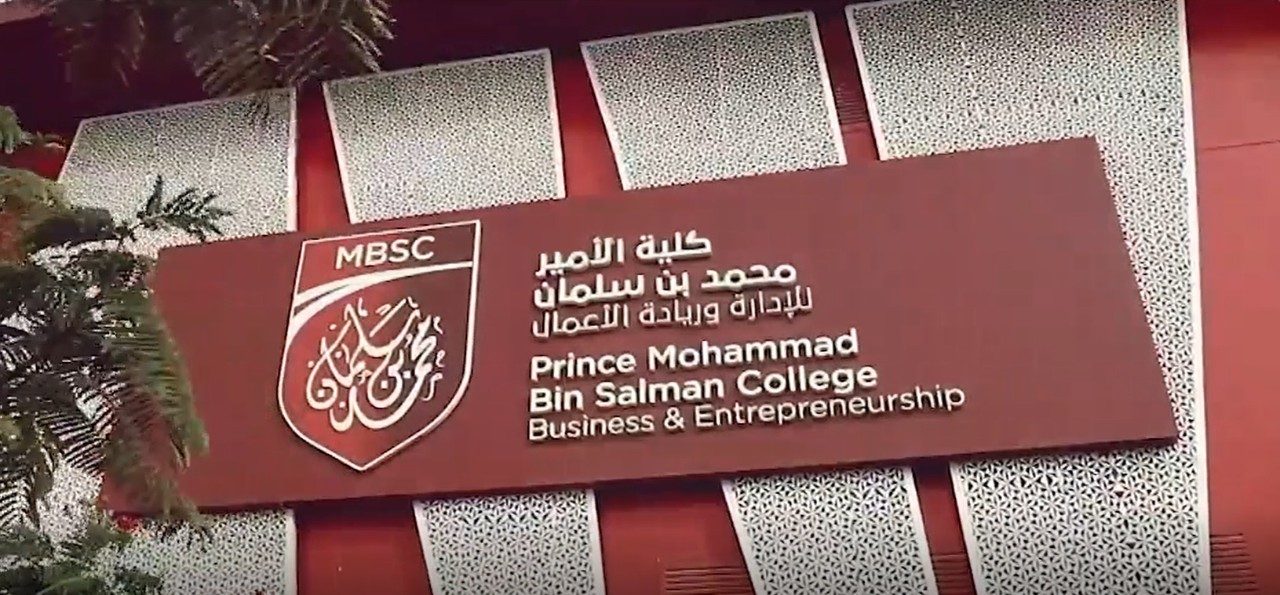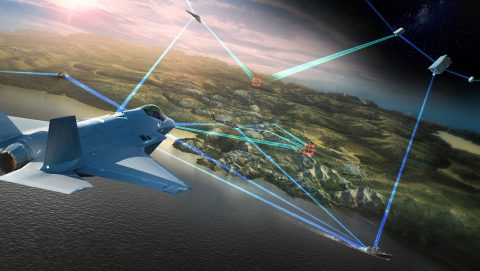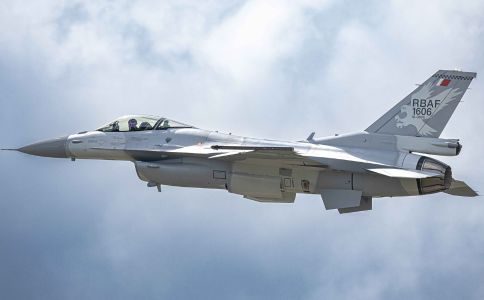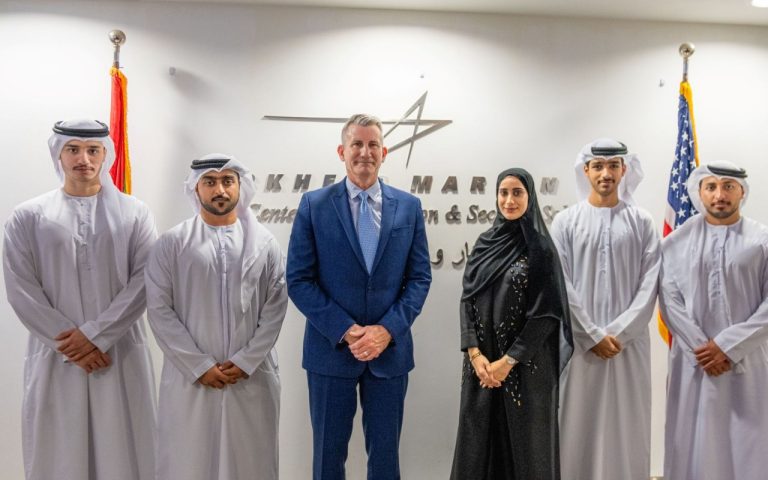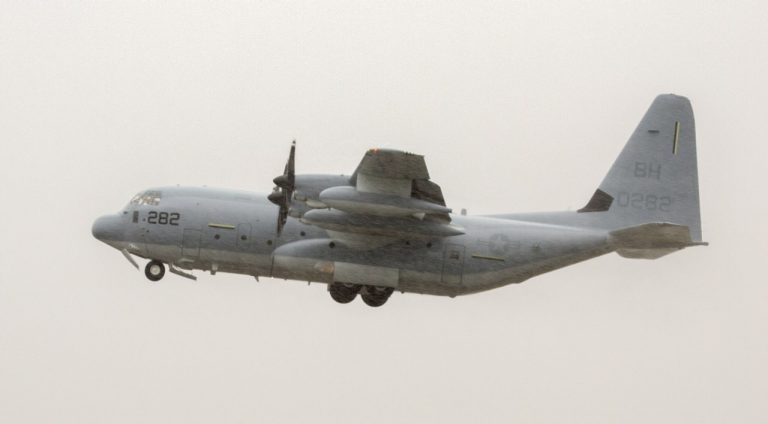Lockheed Martin has been a committed partner to the Kingdom of Saudi Arabia since 1965. Today, Lockheed Martin’s presence in the Kingdom has moved beyond defense systems by providing diverse products and services, technical support and educational expertise for the Kingdom’s defense industry, as the country works towards ensuring that Saudi Vision 2030 becomes a reality.
In 2017, Saudi Arabia expressed its intent to procure more than US $28 billion in integrated air and missile defense, combat ships, tactical aircraft and rotary wing technologies and programs with Lockheed Martin. Today, Lockheed Martin Saudi Arabia is working to support these projects, ensuring they align with Vision 2030 and support the security of the Kingdom for decades to come.
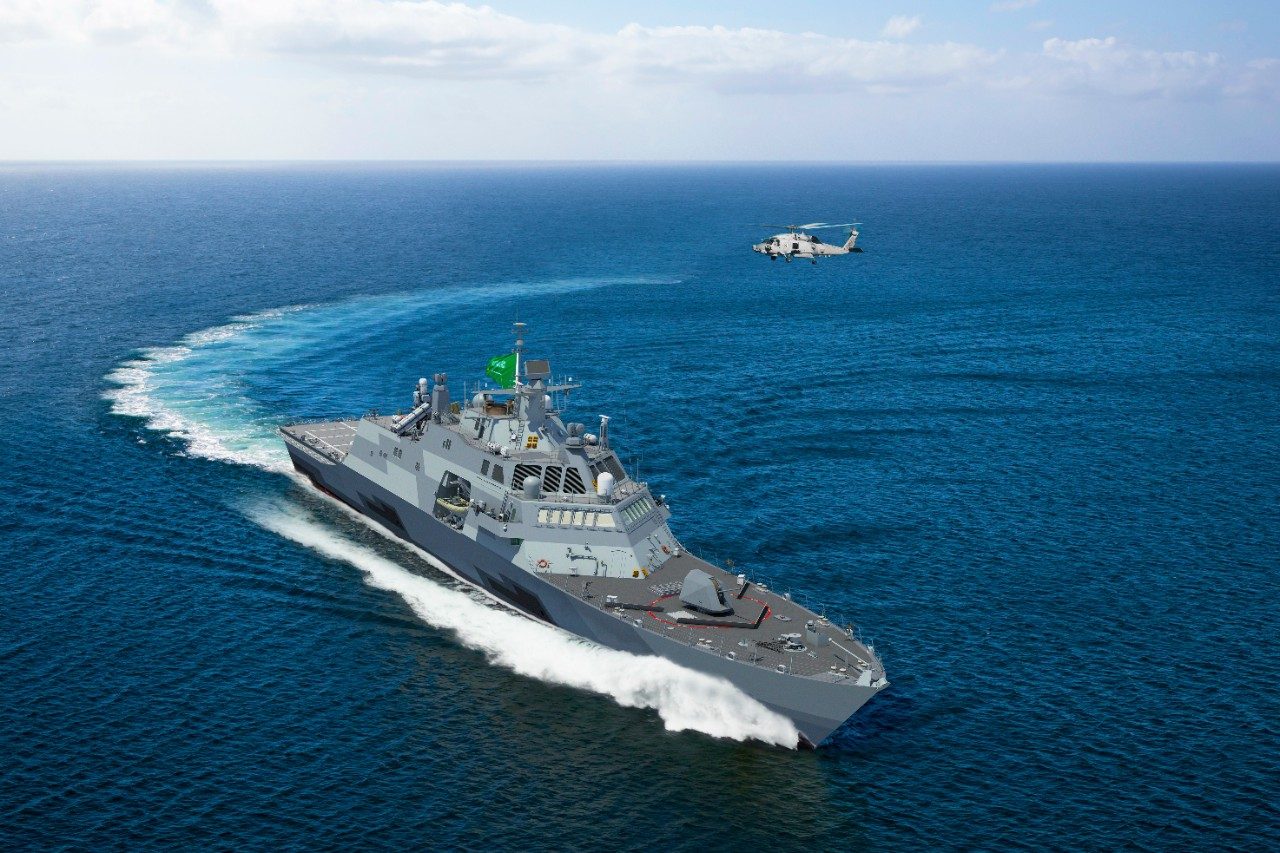
The Multi-Mission Surface Combatant (MMSC)
In May 2017, the United States Navy and the Kingdom of Saudi Arabia signed a Letter of Offer and Acceptance (LOA) for four MMSCs. MMSC is a highly maneuverable multi-mission surface combatant capable of littoral and open ocean operation. It was designed from the keel up to confront modern maritime and economic security threats and will provide the Kingdom with enhanced maritime
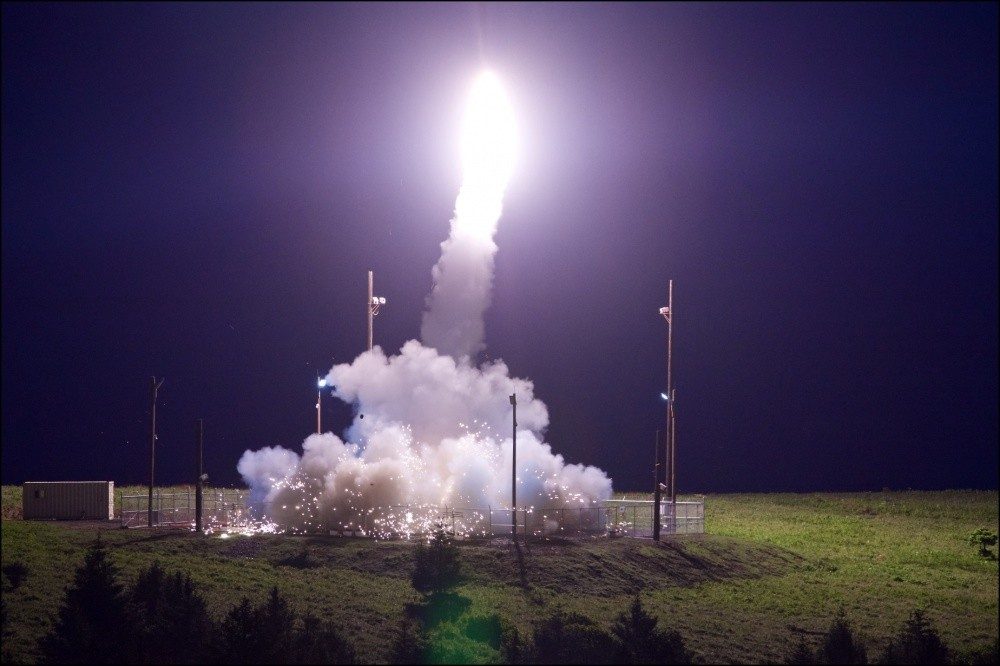
Terminal High Altitude Area Defense (THAAD)
Lockheed Martin is supporting the U.S. government and the Kingdom of Saudi Arabia as they move forward with the procurement of the THAAD system. One of the world’s most advanced missile defense systems, THAAD can protect against incoming short through medium range missile threats, and will help strengthen global and regional security while supporting job creation and economic prosperity in the U.S. and Saudi Arabia. THAAD is rapidly deployable, mobile and interoperable with all other Ballistic Missile Defense System (BMDS) elements, including Patriot/PAC-3, Aegis, forward-based sensors and the Command, Control, Battle Management and Communications system.
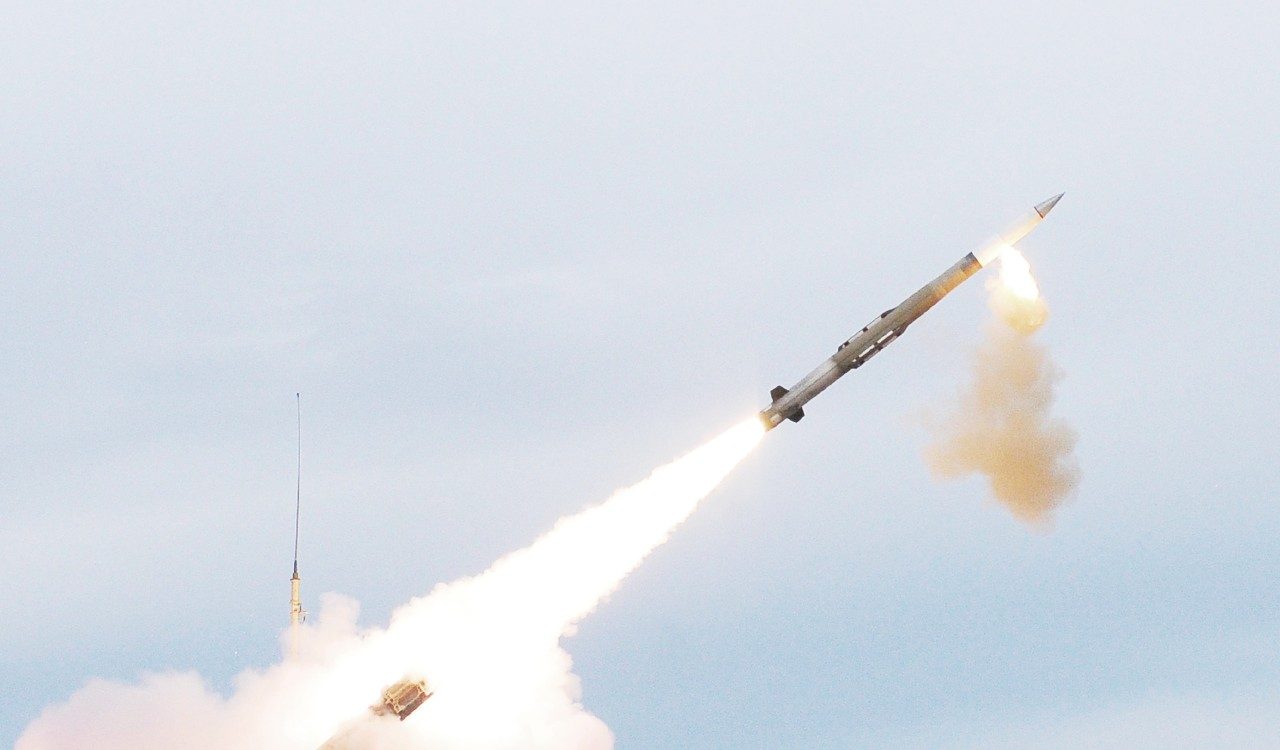
Patriot Advanced Capability-3 (PAC-3)
Lockheed Martin’s PAC-3 Hit-to-Kill interceptors provide high precision and unmatched air missile defense for the Kingdom of Saudi Arabia. The PAC-3 family of missiles defend against incoming threats - including tactical ballistic missiles, cruise missiles and aircraft - using direct body-to-body contact that delivers exponentially more kinetic energy on the target than can be achieved with legacy blast-fragmentation kill mechanisms.

Sikorsky Black Hawk Helicopter
The Kingdom is working with the U.S. Army to provide 57 UH-60M Black Hawks through the Foreign Military Sales channel. These aircraft are currently in production. The multi-mission UH-60M is the latest in the Black Hawk helicopter product family. It will bring new life to the existing fleet – improving effectiveness, reducing vulnerability and lowering operating and support costs. The Royal Saudi Land Forces have been flying the Black Hawk since it was first delivered in 1990. Sikorsky, a Lockheed Martin company, is also advancing the agreement for the development of a local rotorcraft manufacturing capability as outlined in Vision 2030 enabling the production of up to 150 Black Hawk helicopters in the Kingdom.
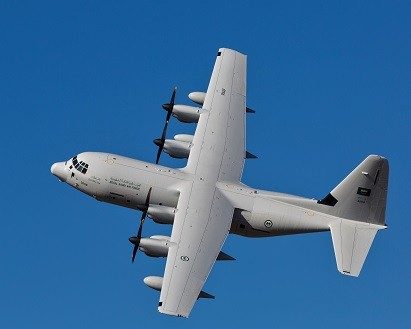
C-130J Super Hercules
Over 50 years ago, Lockheed Martin entered the Kingdom of Saudi Arabia with the delivery of the first C-130 airlifter in 1965. Today, Saudi Arabia has the distinction of operating one of the world's largest fleets of Hercules airlifters. In 2016, the Kingdom received its first two KC-130J Super Hercules aerial refuelers, bringing proven and unmatched capabilities to one of the most recognized C-130 operators in the world.
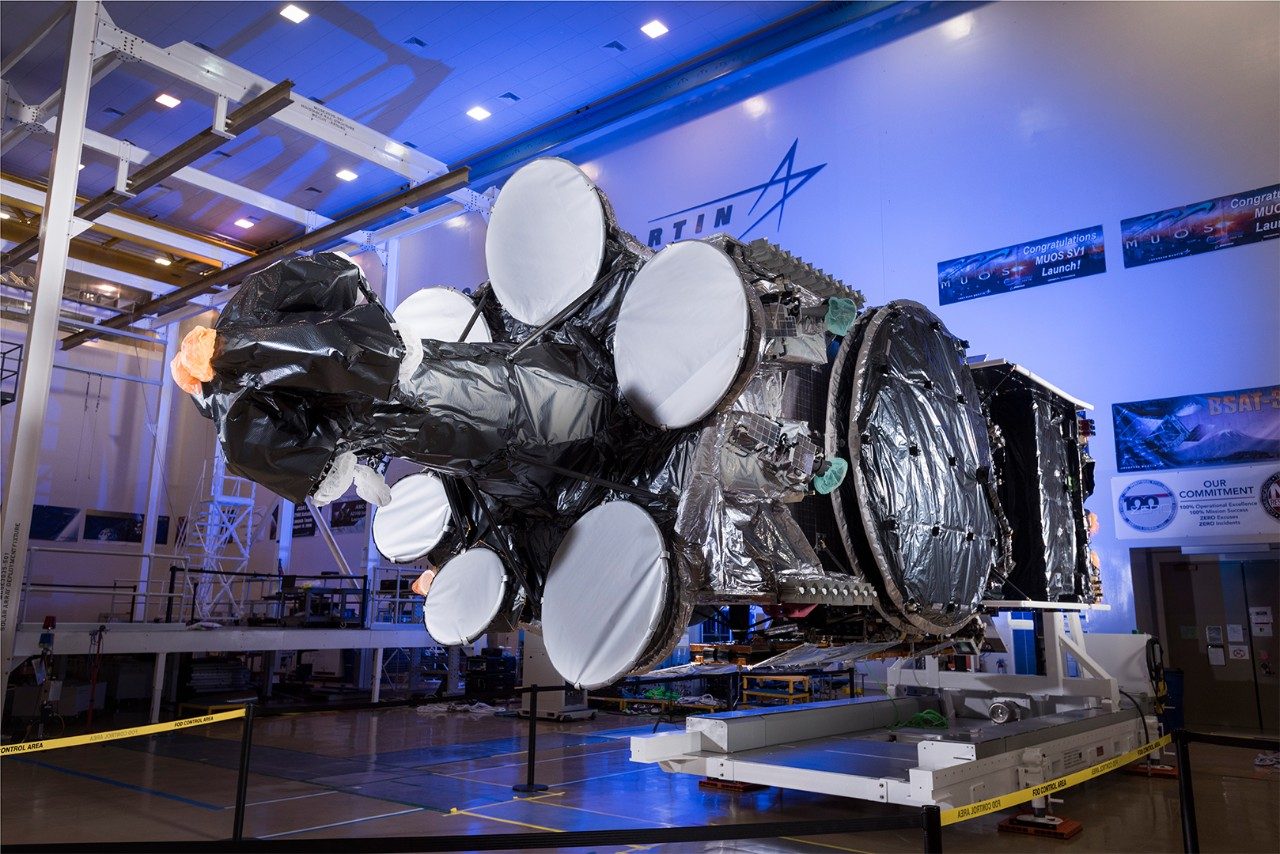
Satellite Solutions
In 2015, Arabsat and KACST awarded Lockheed Martin a contract for two LM 2100-based satellites: Arabsat-6A and Hellas Sat 4/SaudiGeoSat-1 will provide advanced telecommunications capabilities to customers in the Middle East, Africa and Europe. Hellas Sat-4/SaudiGeoSat-1 was successfully launched out of French Guiana in February 2019. Both satellites are the first to be built on Lockheed Martin’s modernized LM 2100 bus, which makes each of them more capable and flexible. The program also involved a crucial capacity building component for Saudi engineers, who have been given practical hands-on training at Lockheed Martin’s satellite manufacturing facilities in Sunnyvale, California.
Saudi Assembly, Integration & Test (AI&T) Program
The Assembly, Integration & Test (AI&T) On-the-Job Training program is an academic and hands-on training partnership with King Abdulaziz City for Science and Technology (KACST) designed to build qualified talent to support future satellite AI&T of telecommunications satellites. The initiative combines a variety of knowledge-transfer methodologies to deliver a world-class and accelerated AI&T Certification experience via Lockheed Martin materials and subject matter experts. As part of the program, Lockheed Martin hosted 11 Saudi nationals who were trained and prepared to support future satellite assembly, integration and test of telecommunications satellites. This space training program is a great example of how Lockheed Martin is supporting initiatives to ensure that Vision 2030 becomes a reality through partnerships that build skills and create opportunity in the Kingdom.


Advanced Electronics Company (AEC) Sustainment Facility
Since the 1990s, Lockheed Martin has worked with Advanced Electronics Company on sustainment efforts for a variety of products, including LANTIRN targeting and navigation pods and the Modernized Target Acquisition Designation Sight/Pilot Night Vision Sensor. Together, we provide the Kingdom and the RSAF with advanced capabilities and technology to successfully maintain their defense fleets. Lockheed Martin is proud to partner with Saudi Arabia’s Advanced Electronics Company to repair sensor systems for Saudi Arabia’s F-15 aircraft since 2016.
Prince Mohammad Bin Salman College (MBSC) Of Business & Entrepreneurship
In 2016, we partnered with King Abdullah Economic City, the MiSK Foundation and Babson College to launch a new entrepreneurship college, Prince Mohammad bin Salman College of Business and Entrepreneurship (MBSC). MBSC aims to support and nurture Saudi talent in the fields of science, research and applied studies through world-class hands-on learning. The college welcomed its first class of students in September 2017 for the two programs: a full-time MBA program and an executive/part-time MBA program.
